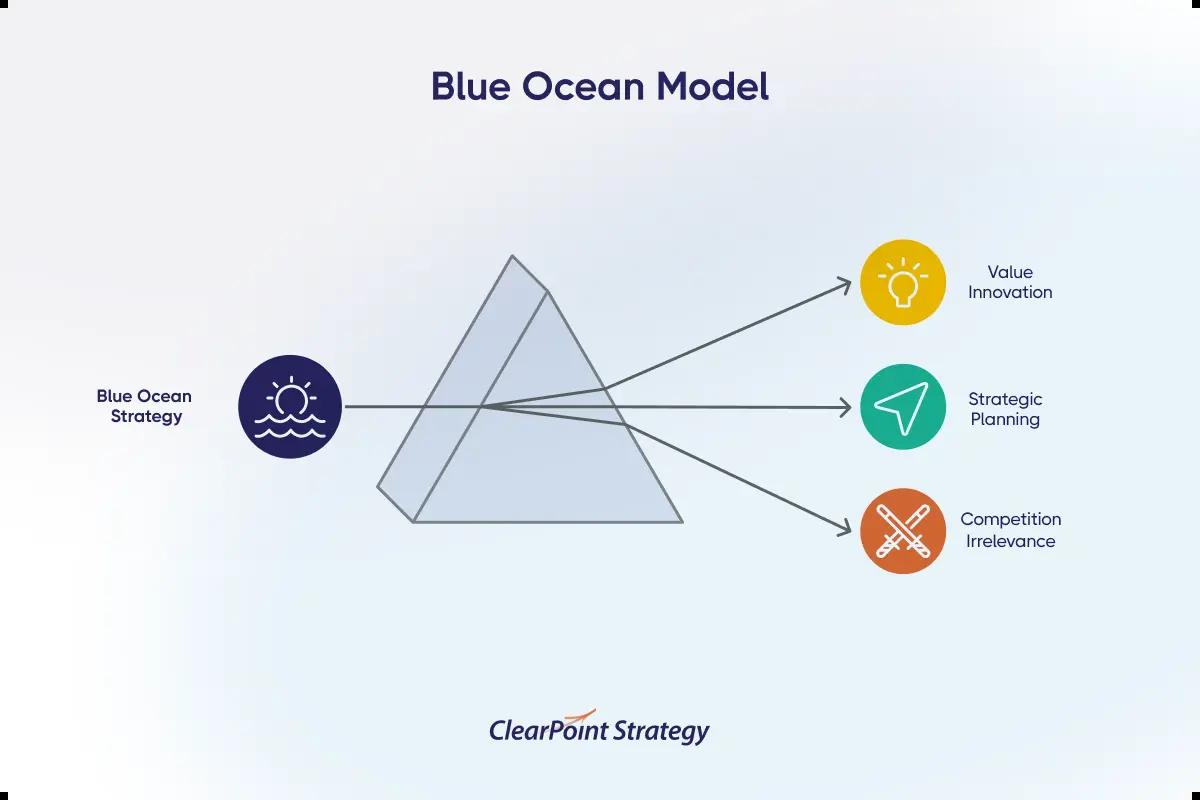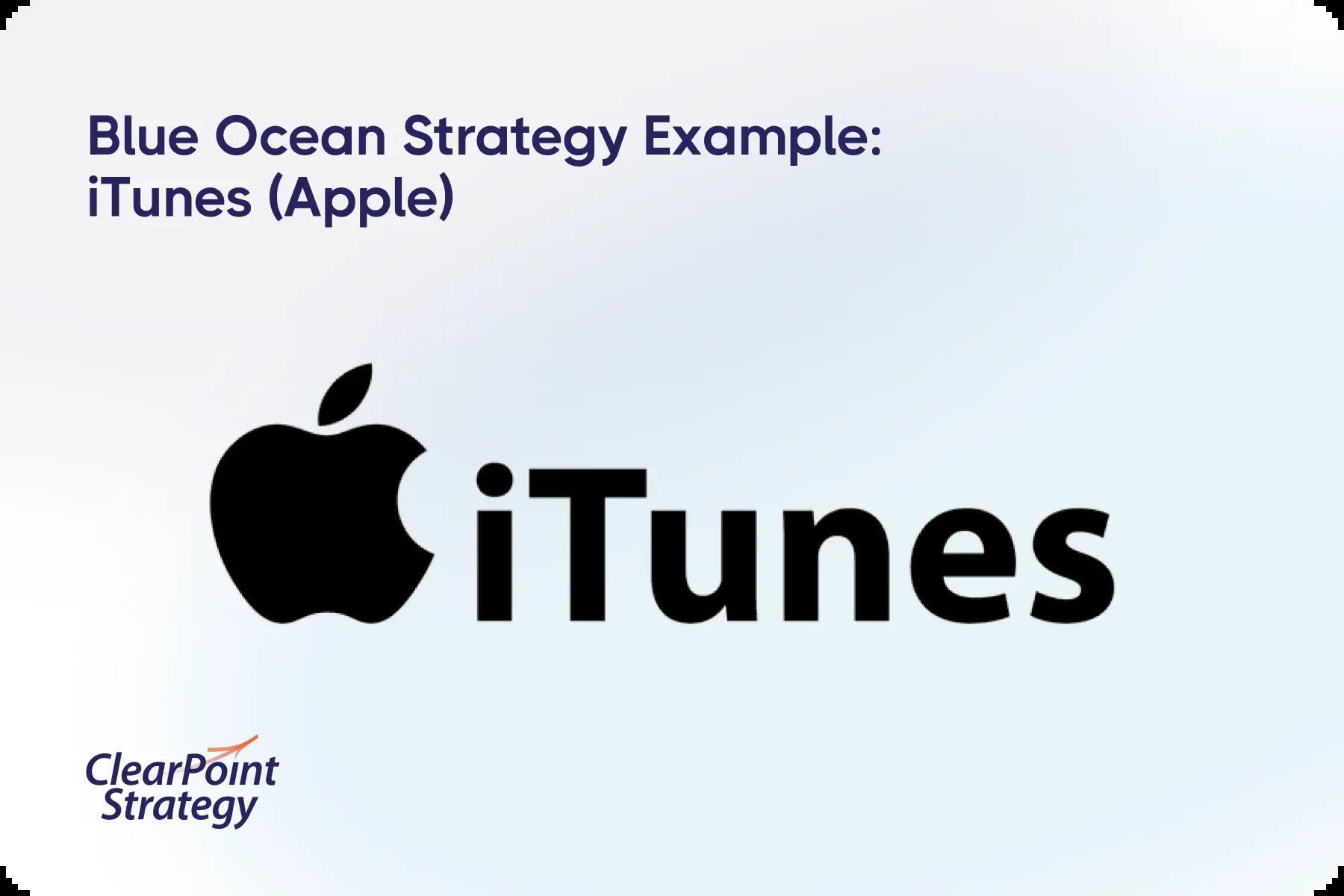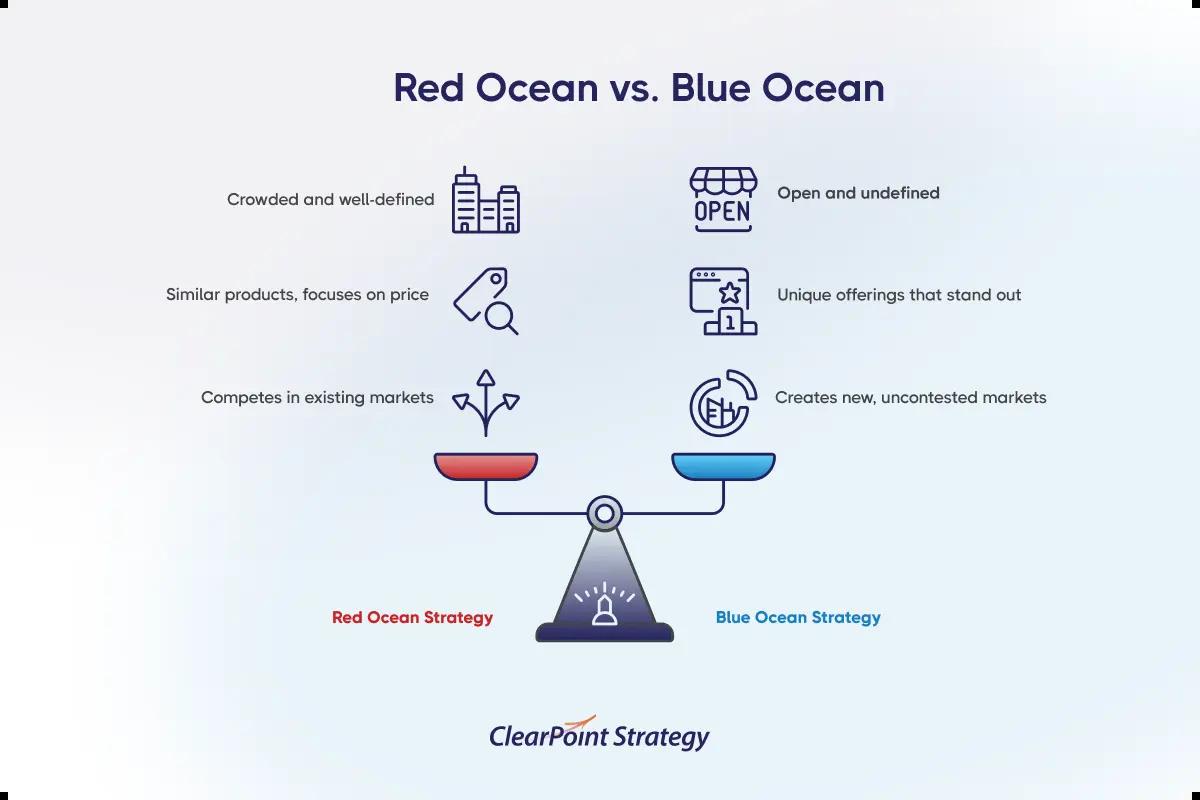📚 Unlock the World of AI and Humanity with These Two Free Books! 🚀
Dive into the thrilling realms of artificial intelligence and humanity with "The ECHO Conundrum" and "Awakening: Machines Dream of Being Human". These thought-provoking novels are FREE this week! Don't miss the chance to explore stories that challenge the boundaries of technology and what it means to be human.
Read More & Download
Blue Ocean Strategy is a market-creating approach that focuses on developing uncontested market space, rather than competing in existing, saturated markets. This strategy encourages businesses to move beyond the limitations of traditional competition and create new demand by offering innovative products or services that deliver exceptional value to customers.
Introduction to Blue Ocean Strategy
The core principle of Blue Ocean Strategy is to make the competition irrelevant. Instead of battling for market share in a “red ocean” of rivals fighting over shrinking profits, businesses should aim to create “blue oceans” – uncontested market spaces where they can thrive without direct competition. This strategy is about creating new demand and capturing new customer bases, rather than simply trying to outperform existing competitors.
 Blue Ocean Strategic Planning ModelDiagram illustrating the contrast between Red Ocean and Blue Ocean strategies.
Blue Ocean Strategic Planning ModelDiagram illustrating the contrast between Red Ocean and Blue Ocean strategies.
Key Principles of Blue Ocean Strategy
Blue Ocean Strategy is grounded in practical research and offers a structured framework for innovation. Here are some key takeaways:
- Data-Driven Approach: Unlike theoretical models, Blue Ocean Strategy is based on extensive research across diverse industries, analyzing both successes and failures to identify patterns of market creation.
- Irrelevance of Competition: The focus is not on outperforming rivals but on creating new market space where competition becomes insignificant.
- Value Innovation: Blue Ocean Strategy challenges the traditional trade-off between value and affordability. It emphasizes delivering both differentiation and low cost through value innovation – rethinking how to provide value to customers.
- Testable Framework: The Blue Ocean Idea Index provides a practical tool for assessing the commercial viability of new ideas, minimizing risk and maximizing the potential for success.
Blue Ocean Strategy Examples
Several companies have successfully implemented Blue Ocean Strategy, demonstrating its practical application and potential for transformative growth.
Netflix: Disrupting the Entertainment Industry
Netflix transformed the entertainment landscape by shifting from a DVD rental model to a streaming platform, creating a new market for on-demand video content. They further solidified their blue ocean position by investing in original content production, offering exclusive shows and movies unavailable elsewhere.
 Blue Ocean Strategy Example: NetflixNetflix’s evolution highlights the power of continuous innovation in maintaining a blue ocean position.
Blue Ocean Strategy Example: NetflixNetflix’s evolution highlights the power of continuous innovation in maintaining a blue ocean position.
Uber: Revolutionizing Transportation
Uber disrupted the traditional taxi industry by creating a technology-driven platform that connects riders and drivers directly, offering a more convenient, transparent, and often more affordable transportation solution.
 Blue Ocean Strategy Example: UberUber leveraged technology to create a new market space within the transportation industry.
Blue Ocean Strategy Example: UberUber leveraged technology to create a new market space within the transportation industry.
📚 Unlock the World of AI and Humanity with These Two Free Books! 🚀
Dive into the thrilling realms of artificial intelligence and humanity with "The ECHO Conundrum" and "Awakening: Machines Dream of Being Human". These thought-provoking novels are FREE this week! Don't miss the chance to explore stories that challenge the boundaries of technology and what it means to be human.
Read More & Download
Apple iTunes: Transforming Music Distribution
Apple’s iTunes revolutionized the music industry by offering a legal and user-friendly platform for purchasing and downloading individual songs, addressing the challenges of digital piracy and changing how consumers accessed music.
 Blue Ocean Strategy Example: iTunes (Apple)Apple’s iTunes provided a solution to both consumers and the music industry, creating a new market for digital music distribution.
Blue Ocean Strategy Example: iTunes (Apple)Apple’s iTunes provided a solution to both consumers and the music industry, creating a new market for digital music distribution.
Meta (Facebook): Pioneering Social Connection and the Metaverse
Facebook created a blue ocean by establishing a user-friendly social networking platform that connected people in new ways. With the rebranding to Meta, the company is now exploring the metaverse, aiming to create immersive digital experiences that go beyond traditional social media.
 Blue Ocean Strategy Example: MetaMeta’s exploration of the metaverse represents a continued pursuit of blue ocean opportunities.
Blue Ocean Strategy Example: MetaMeta’s exploration of the metaverse represents a continued pursuit of blue ocean opportunities.
Integrating Blue Ocean Strategy with Existing Models
Blue Ocean Strategy can be effectively combined with existing strategic planning models, such as SWOT analysis and the Balanced Scorecard, to enhance their effectiveness and drive innovation.
Implementing Blue Ocean Strategy
Implementing Blue Ocean Strategy involves understanding your target market’s needs, analyzing the competitive landscape, and identifying opportunities for differentiation. A key step is to assess what your company does well, what competitors offer, and where the red oceans exist, allowing you to pinpoint potential blue ocean opportunities.
 Blue Ocean vs. Red OceanVisual representation of the key differences between Red Ocean and Blue Ocean strategies.
Blue Ocean vs. Red OceanVisual representation of the key differences between Red Ocean and Blue Ocean strategies.
Conclusion
Blue Ocean Strategy provides a powerful framework for achieving sustainable growth by creating new market space and making the competition irrelevant. By understanding its principles and applying its tools, organizations can innovate, differentiate, and capture new demand, ultimately achieving long-term success.
📚 Unlock the World of AI and Humanity with These Two Free Books! 🚀
Dive into the thrilling realms of artificial intelligence and humanity with "The ECHO Conundrum" and "Awakening: Machines Dream of Being Human". These thought-provoking novels are FREE this week! Don't miss the chance to explore stories that challenge the boundaries of technology and what it means to be human.
Read More & Download

